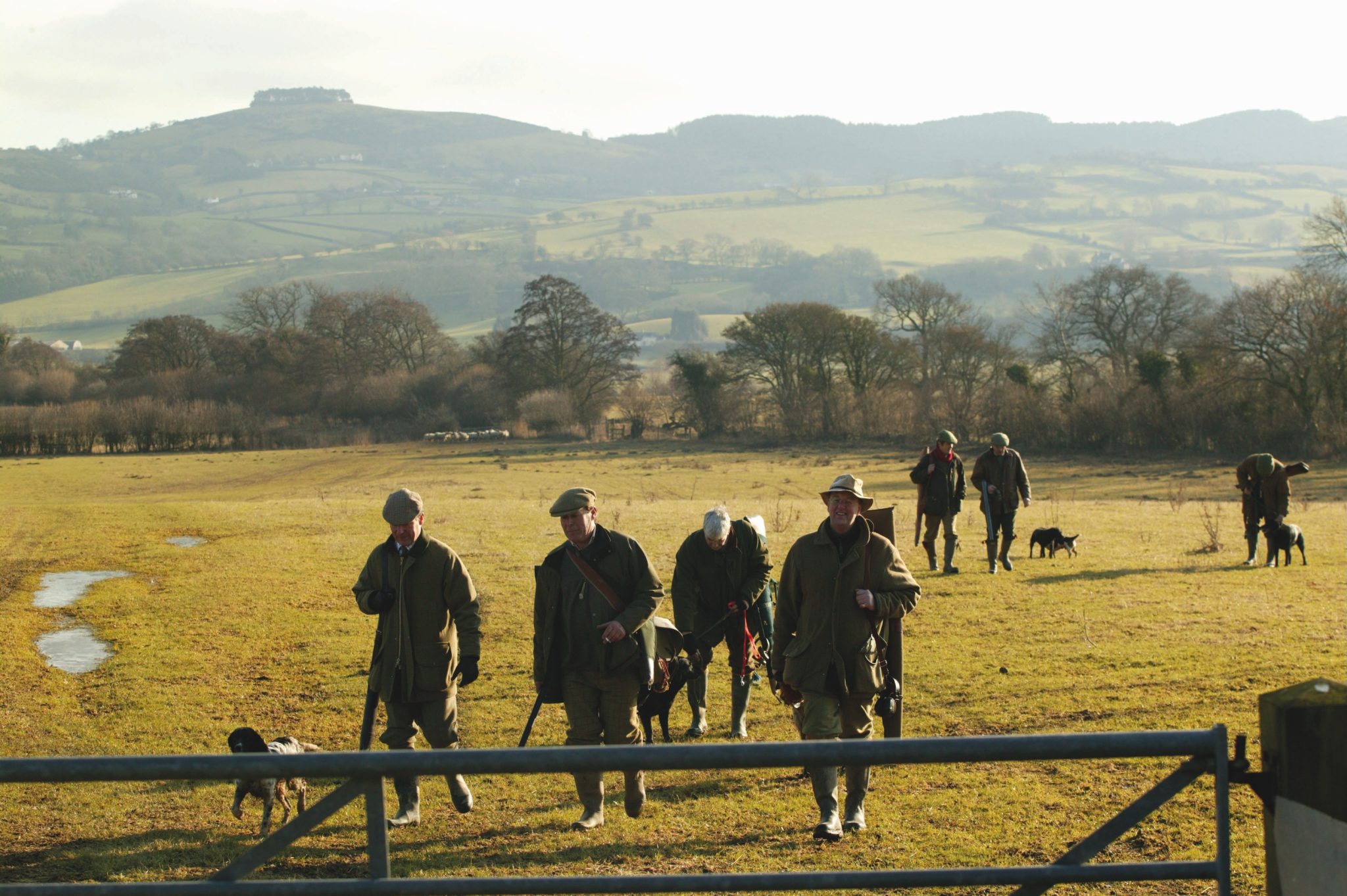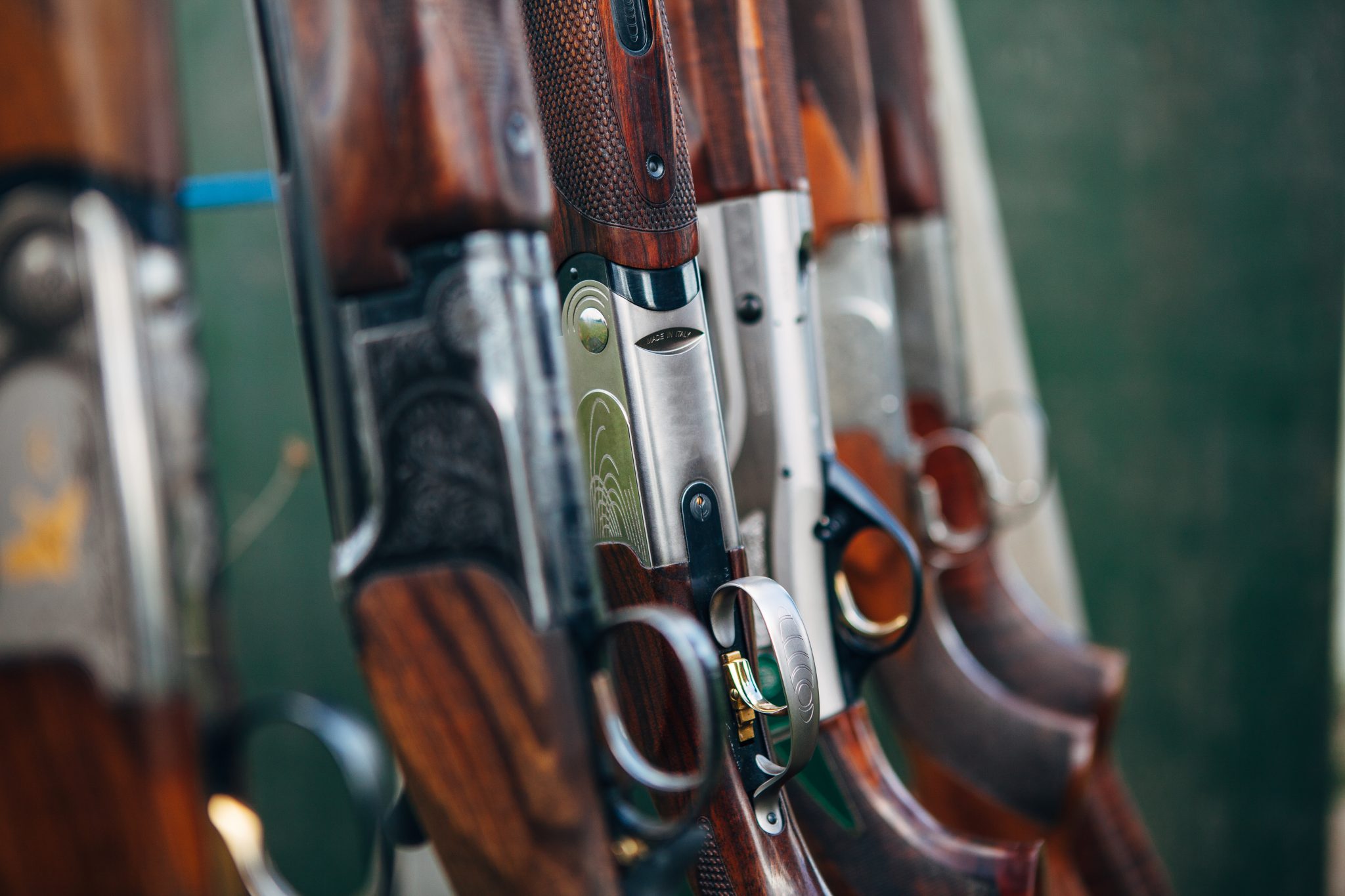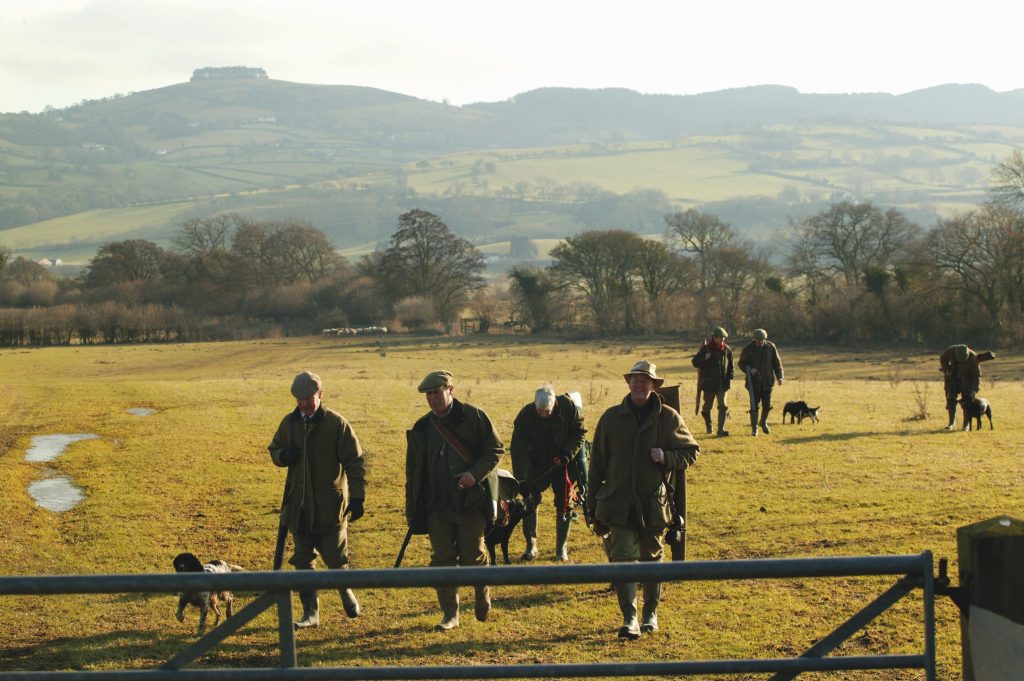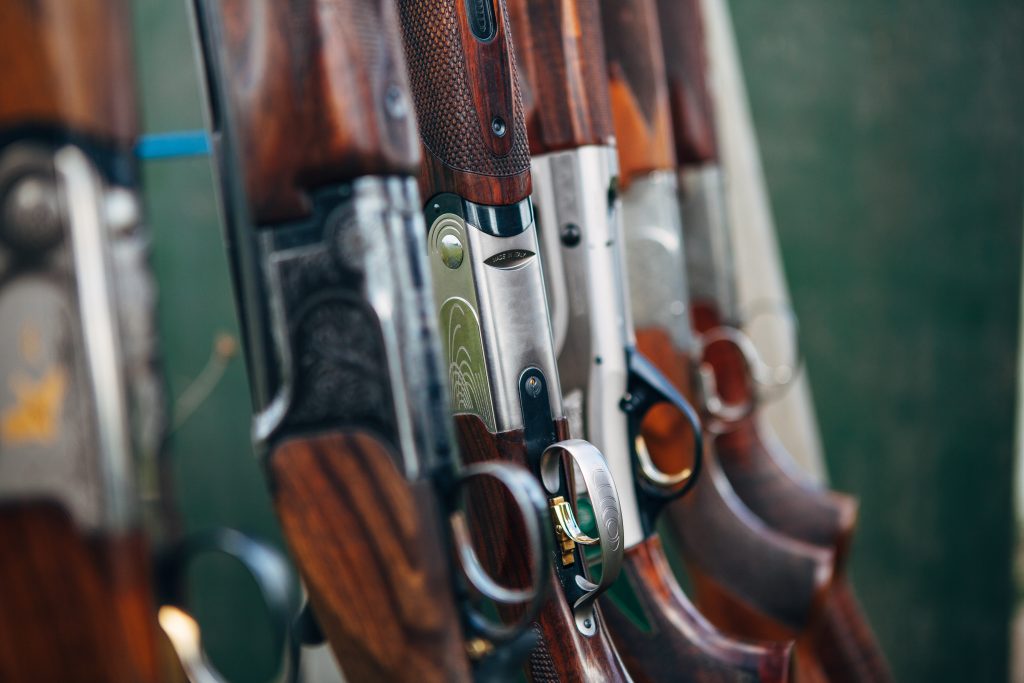Win CENS ProFlex DX5 earplugs worth £1,149 – enter here
How to beat the buzzards
<strong>What can be done to minimise poult losses</strong>
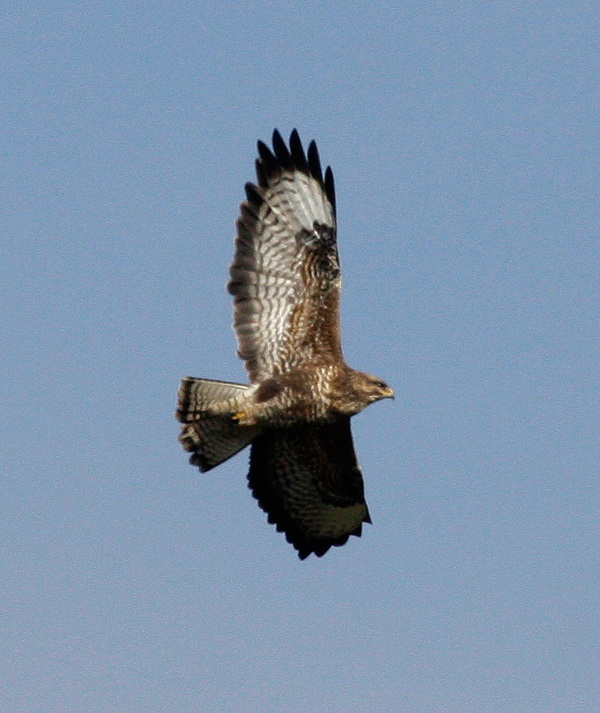
The buzzard is not a rare bird by any definition. Scottish Natural Heritage (SNH) estimates that there are 15,000 to 20,000 breeding pairs in Scotland — nearly half the population for Britain as a whole. Certainly in the area of south-west Scotland where I live the buzzard is a common sight, sitting on fence posts and telegraph poles, gliding effortlessly on the breeze or being mobbed by crows. Generally reckoned to be a lazy hunter, buzzards are happy to eat carrion when it is available, but more than capable of taking prey as large as rabbits and pheasants if they are so inclined — and therein lies the problem for shoots.
It has been estimated that buzzards kill on average around 2 per cent of pheasant poults released — the equivalent of a shoot that releases 10,000 poults losing 100 or 200 each year, or a small shoot such as the one where I am the keeper losing perhaps a dozen from the 500 pheasant poults we purchase each July. Predation at this level is more of an annoyance than a problem, since no keeper wants to lose poults — but not something that will have any discernible effect on the prospects for the season. But what if 2 per cent becomes 10 or 20 per cent, as it did on my shoot last summer? What remedy is there for the keeper who is seeing his birds decimated by one or two rogue buzzards?
The answer, unfortunately, is none at all. In theory, a licence can be granted to control buzzards where serious damage is occurring, but in practice no such licence has ever been issued.
DEFRA study proposal
Last year, DEFRA proposed spending around £400,000 on a study to determine ways of preventing buzzard predation on pheasants — a proposal that was swiftly withdrawn when it sparked an hysterical response from the RSPB, which claimed that it was a waste of money — an interesting idea from the organisation that regularly dismisses claims of damage done by its beloved raptors to gamebirds, songbirds and lambs as “anecdotal evidence” lacking any scientific basis. I suspect that they were less concerned with the “waste” of public money, than with the possibility that some sensible and workable solutions might emerge from the study.
Over the 20 years that I have been keepering this shoot there had never been a problem with buzzard predation until the summer of 2012. I did lose a few poults to buzzards every year, but the killing usually stopped as the pheasants got bigger, stronger and more capable of getting away from the buzzards. In any case, if we elect to put a ready food supply down right under a buzzard’s beak it is not unreasonable for the predator to take advantage, but there are limits. Last year predation continued from July right through to late October at the rate of one or more pheasants per day — a total of at least 25 per cent of the 500 poults we released initially. And that is not “anecdotal evidence”; it is a plain fact.
I suspect that the miserable, wet weather was at least partly responsible. Constant rain slowed the poults’ progress and kept them sitting around, hunched up, in the release pen when they would normally have been spreading out across the shoot into the other coverts. They made easy targets for the local buzzards, which took full advantage. I hung reflective CDs around the pen, made frequent visits at different times of the day and so on but it was of little use and the syndicate’s season was the worst for many years. My thoughts now are directed at the coming year and what — if anything — I can do to prevent another slaughter while staying within the law.
I contacted the Scottish Gamekeepers’ Association to see what ideas they might have since their chairman, Alex Hogg, has had more than his own share of problems with buzzard predation over the past few years. His experience was not encouraging. Let me quote him directly: “I basically went through all the steps prevent damage from buzzards predating pheasant poults in the release pen and close vicinity to the pen. I buffer-fed the buzzards with dead rabbits before the poults arrived. This only made the buzzards stronger, and removed any fear of humans.
“I made sure there was enough cover in the pen for the poults to hide. However, the poults must have food and water along with sunshine, and it was when accessing these that they were killed. No matter what cover there is it will not deter a buzzard.
“Another suggested technique was to cut down any perches that buzzards might sit on. But this is basically asking people to cut down all their woodland. In short, this is nonsense. “I hung reflective CDs and plastic bags, played a radio by the pens and deployed scarecrows. They had no effect whatsoever. The buzzards are so confident they will barely rise from a kill when you approach the pen. After one full week of predation the poults will be so stressed that they will leave the vicinity of the pen, resulting in the loss of hundreds of poults due to starvation and desertion. Most of the predation is carried out by young buzzards which have just fledged the nest. A legal licensing solution would solve the problem but none has been granted.”
Trapping alternative
Alex’s problems were slightly different from mine in that my poults were not driven away from their release pen, though the results were the same — an unacceptable loss of pheasants caused by one or two rogue buzzards. I suggest that, if licences were issued permitting control of these occasional rogue birds there would be absolutely no effect on the overall buzzard population, but a very considerable effect on the shoots, such as mine, where real problems are being experienced. And by “control” I do not necessarily mean killing the buzzards. Trapping the offending birds within the release pen and caging them for a few weeks until the poults were old enough to look after themselves would be an effective and hopefully acceptable alternative.
Unfortunately I can see no possibility of this happening. In the past, even if the authorities had agreed that the loss of poults to predation was sufficiently serious to justify the issuing of a licence they still refused to consider it. Given the outcry that met the proposal from DEFRA simply to research ways of preventing excess predation, it is unlikely to in the extreme that any official would be brave enough to take the necessary steps towards granting permission for capturing or culling buzzards.
Rabbit dilemma
So what about the coming season? Is there anything I can do that might stave off last year’s problems? Obviously I am going to provide plenty of brashings for cover within the pen and hang CDs and lengths of venetian blind up to twirl in the breeze. A scarecrow moved around frequently might also help. I am in two minds about the efficacy of feeding rabbits to the buzzards. Will it satisfy their hunger and keep them from eating my poults or will it simply attract more of them to the area of the pen? I may also try stringing lengths of fishing line across the pen just above head height to try and make access difficult for the buzzards, and maybe hanging some lengths of net across the more open areas, leaving a gap at the bottom so the pheasants can run underneath but buzzards can’t fly above them in pursuit. Beyond that, all I can do is to hope for a hot, dry summer that will encourage the poults to get out from the pen a lot quicker than they did last year.
Will it work? I’ll let you know in about six months from now.
Related Articles
Get the latest news delivered direct to your door
Subscribe to Shooting Times & Country
Discover the ultimate companion for field sports enthusiasts with Shooting Times & Country Magazine, the UK’s leading weekly publication that has been at the forefront of shooting culture since 1882. Subscribers gain access to expert tips, comprehensive gear reviews, seasonal advice and a vibrant community of like-minded shooters.
Save on shop price when you subscribe with weekly issues featuring in-depth articles on gundog training, exclusive member offers and access to the digital back issue library. A Shooting Times & Country subscription is more than a magazine, don’t just read about the countryside; immerse yourself in its most authoritative and engaging publication.




